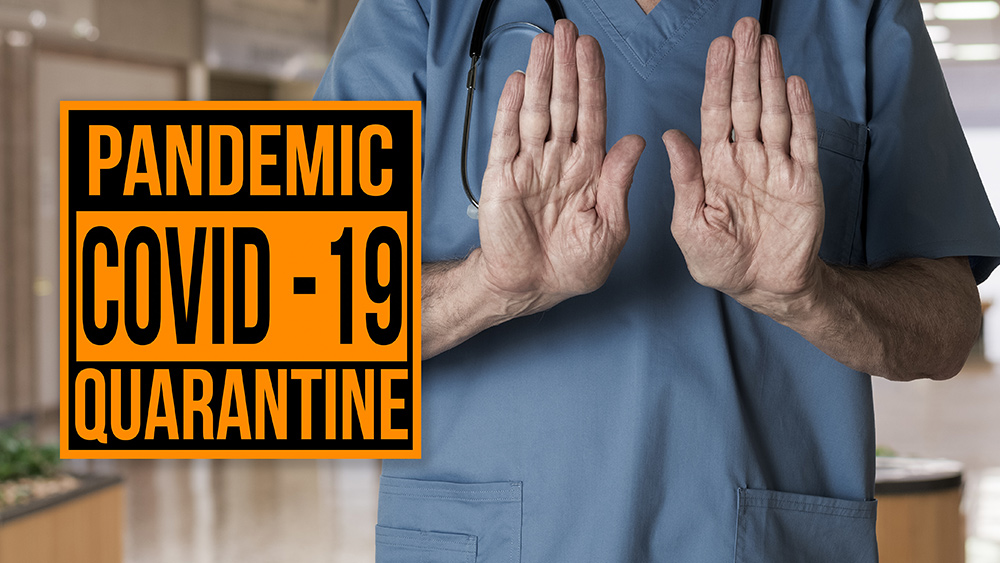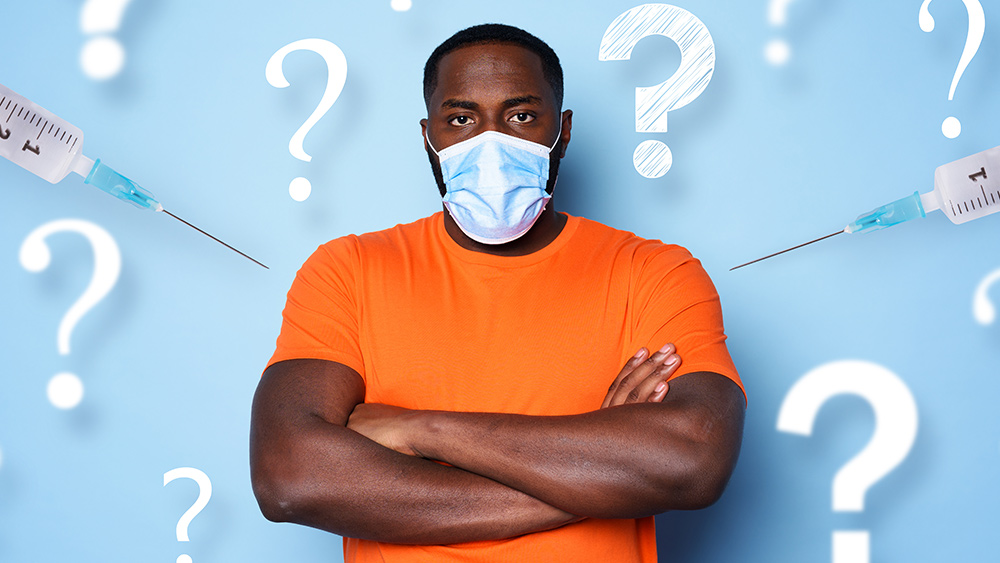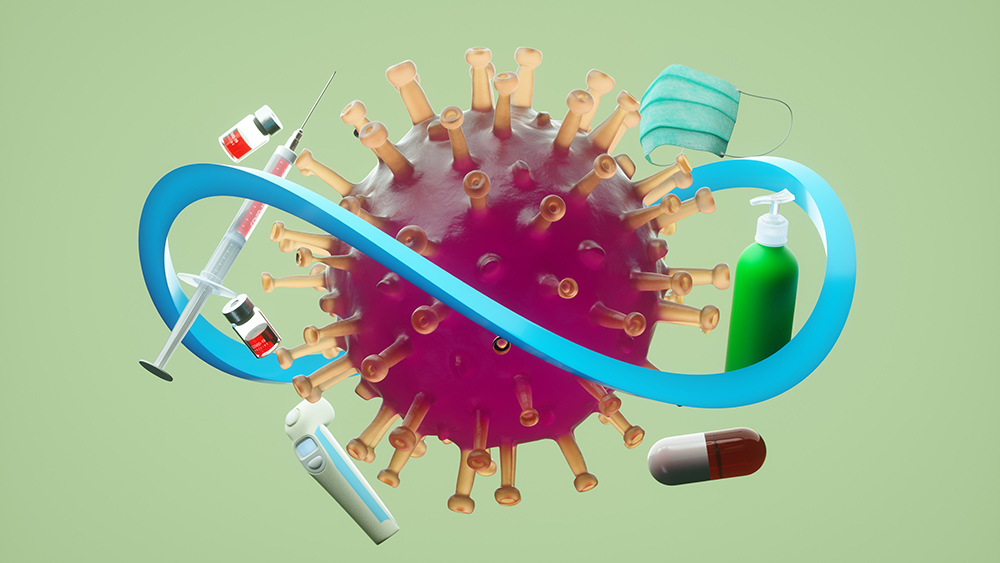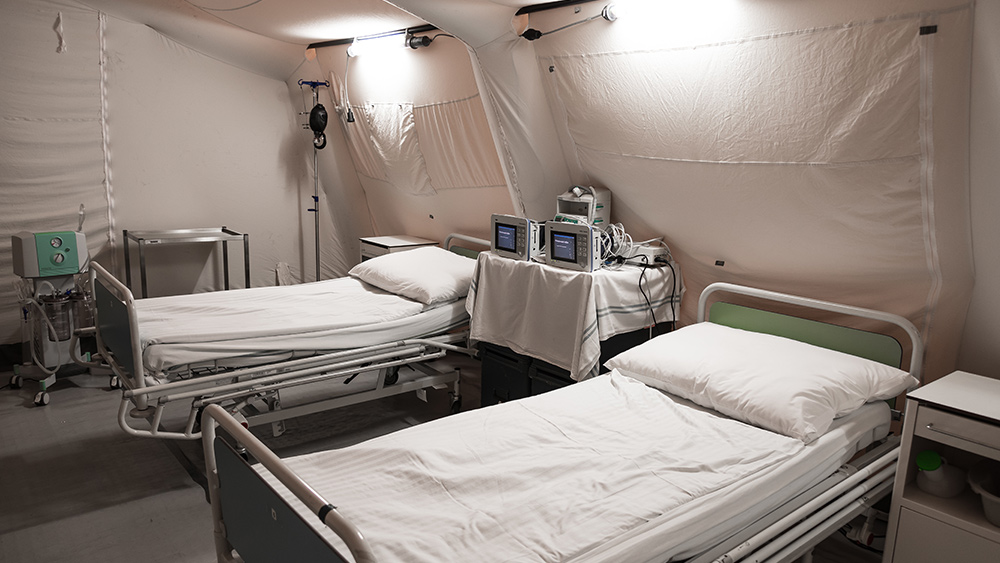Asymptomatic coronavirus carriers puzzle scientists
05/25/2020 / By Franz Walker
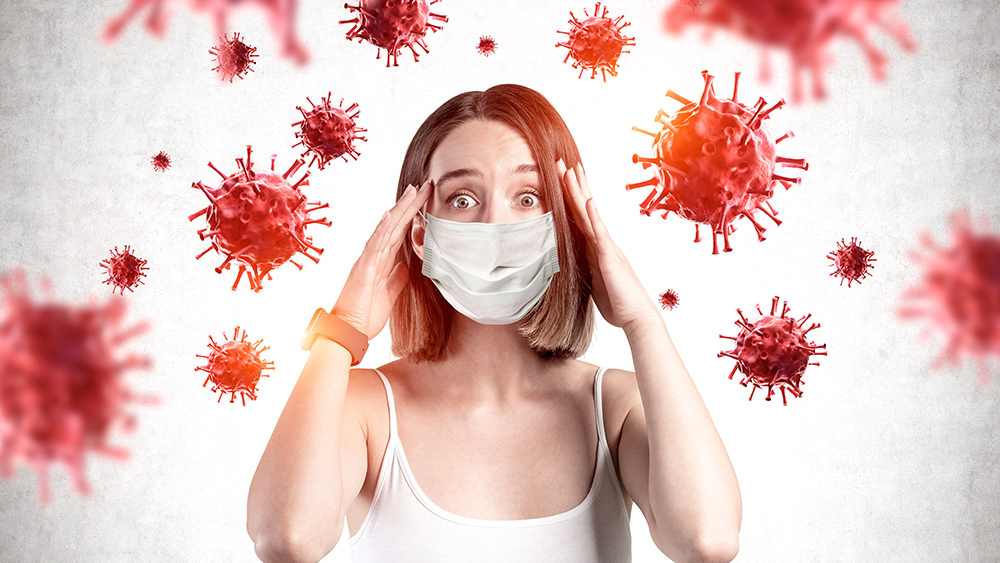
The number of people who’re infected with the Wuhan coronavirus but never get sick varies greatly from place to place. As such, scientists are having a hard time pinpointing a global average for COVID-19 since they’re finding different rates in different places.
“We’re still in learning mode. The numbers are a bit all over the place,” said Peter J. Hotez, dean of the National School of Tropical Medicine at Baylor College of Medicine.
In Iceland, a study found that half of those who tested positive for the coronavirus showed no signs of illness. Meanwhile, one in five, or 17.9 percent of those infected on the Diamond Princess cruise ship were asymptomatic, according to another study.
Oxford University’s Centre for Evidence-Based Medicine also reported that 50 to 70 percent of the residents of an Italian village west of Venice were asymptomatic, while only 31 percent of the Japanese nationals evacuated from Wuhan, China, where the outbreak began, were free of COVID-19 symptoms.
Tracking asymptomatic carriers
The Trump administration says that the U.S. has now reached a point where states can test Americans who come forward with symptoms and trace the contacts of those people. This testing, however, is just starting to expand to include asymptomatic people.
To better understand the coronavirus’s pattern of spread and who might have antibodies against it, scientists must first collect more data for analysis. Only then can policymakers have enough information to reinforce face mask policies and other safety measures to the public.
“It would give us a better sense of how penetrant the virus is in our communities,” said William Schaffner, an infectious disease specialist at Vanderbilt University. “Because we’ve been limited in our testing, we’ve kind of surmised there is more virus here in Nashville than in rural Tennessee, but we really don’t know that.”
The availability of more data will be a boon for leaders who’re having difficulty dealing with outbreaks in their jurisdictions.
Massachusetts Gov. Charlie Baker said that the seemingly unpredictable nature of who gets sick from the virus has made the situation “profoundly difficult” for long-term care providers, such as nursing homes, where healthcare workers have to be in regular close contact with the elderly.
“If you think back 60 days ago, most people didn’t even appreciate at that point in time that many of the people who carry this virus don’t even have any symptoms,” Baker said. “And I think in some ways it was perfectly designed to create far more havoc and sorrow in long-term care facilities than in almost any other place you can think of.”
The knowledge that some people don’t show symptoms but can still spread the coronavirus was a key development in responses to the pandemic. However, it wasn’t until the start of April, when the likelihood of asymptomatic spread became clear, that the federal government started urging Americans to wear masks in public. (Related: Coronavirus masks? They’re helpful because asymptomatic people don’t even know they’re spreading it.)
“One of the [pieces of] information that we have pretty much confirmed now is that a significant number of individuals that are infected actually remain asymptomatic,” Dr. Robert R. Redfield, the director of the Centers for Disease Control and Prevention, told WABE 90.1 FM on March 30. “That may be as many as 25%. That’s important, because now you have individuals that may not have any symptoms that can contribute to transmission, and we have learned that in fact they do contribute to transmission.”
Understanding why not everyone gets sick
It’s currently not clear why some infected people don’t develop COVID-19 symptoms while others get sick and die. Possible factors that influence susceptibility to the coronavirus include genetics or the amount of virus a person’s immune system can handle.
“This is why we need good serologic testing in large numbers of representative people,” said Barry R. Bloom, a professor at the Harvard T.H. Chan School of Public Health, referring to tests that check for immune responses to COVID-19.
Determining the percentage of people who have antibodies for the coronavirus would give scientists information about who had been infected without their knowledge and might have transmitted the virus to others. Scientists say that the ability to transmit a pathogen without showing any symptoms varies by disease.
For example, “a person with Ebola cannot spread the virus while asymptomatic but those with influenza can,” said Amesh Adalja, a senior scholar at the nonprofit Center for Health Security at the Johns Hopkins Bloomberg School of Public Health.
One of the key questions about the pandemic is that of the role children play in transmitting the coronavirus. With some diseases, such as the flu, children are big transmitters even though they rarely become severely ill.
According to some researchers, a growing body of evidence suggests that children are less likely to get infected and spread the virus than adults. However, others say that the incidence in children is lower only because they haven’t been exposed to the virus as much, especially with many schools closed.
“I do not see any strong biological or epidemiological reason to believe that children don’t get as infected,” says Gary Wong, a researcher at the Chinese University of Hong Kong. “As long as there is community transmission in the adult population, reopening of schools will likely facilitate transmission, as respiratory viruses are known to circulate in schools and daycares.”
Meanwhile, in New York, Gov. Andrew Cuomo said Wednesday that the state’s Department of Health is investigating more than 100 serious cases in which children who might have had COVID-19 are now manifesting symptoms similar to a serious inflammatory condition known as Kawasaki disease.
“Because it happened after the fact and does not present as a normal COVID case, it may not have been initially diagnosed as a COVID case,” he said.
Sources include:
Submit a correction >>
Tagged Under:
America, asymptomatic infection, children's health, coronavirus, covid-19, government, immune system, immunity, infections, infectious disease, outbreak, pandemic, superbugs, virus
This article may contain statements that reflect the opinion of the author
RECENT NEWS & ARTICLES
Infections.News is a fact-based public education website published by Infections News Features, LLC.
All content copyright © 2018 by Infections News Features, LLC.
Contact Us with Tips or Corrections
All trademarks, registered trademarks and servicemarks mentioned on this site are the property of their respective owners.









